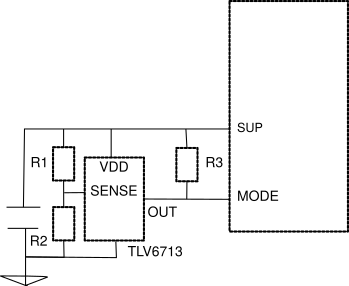Other Parts Discussed in Thread: TLV6713
Tool/software:
There is a new generation of supercaps (Lithium Ion based) and I would like to know if we could use these instead of regular super capacitors with TPS61094?
One example is this:
LIC1030Q3R8107 (datasheet)
100F
0.6A rated current and 5A absolute max.
TPS61094 SuperCap settings:
Ichg at 100mA
Vchg at 2.5V
TPS61094 primary power 3 x 1.5V alkaline cells.
Use case: nB-IoT. Load, 300mA max peak, 10uA standby, 20mA nominal


